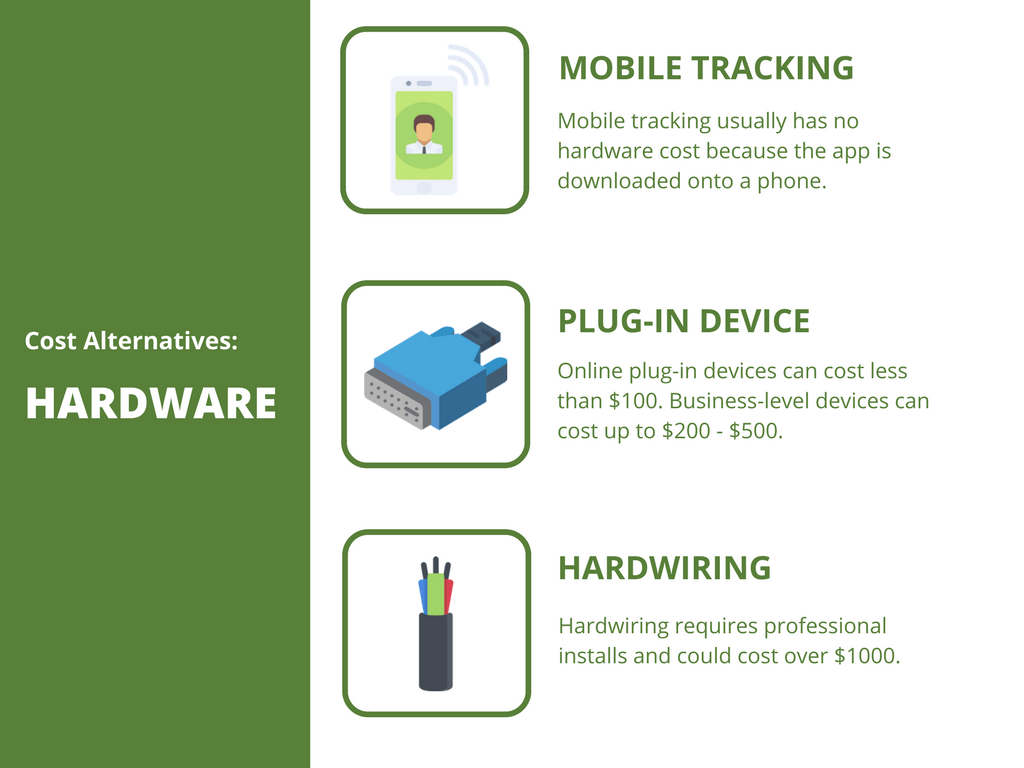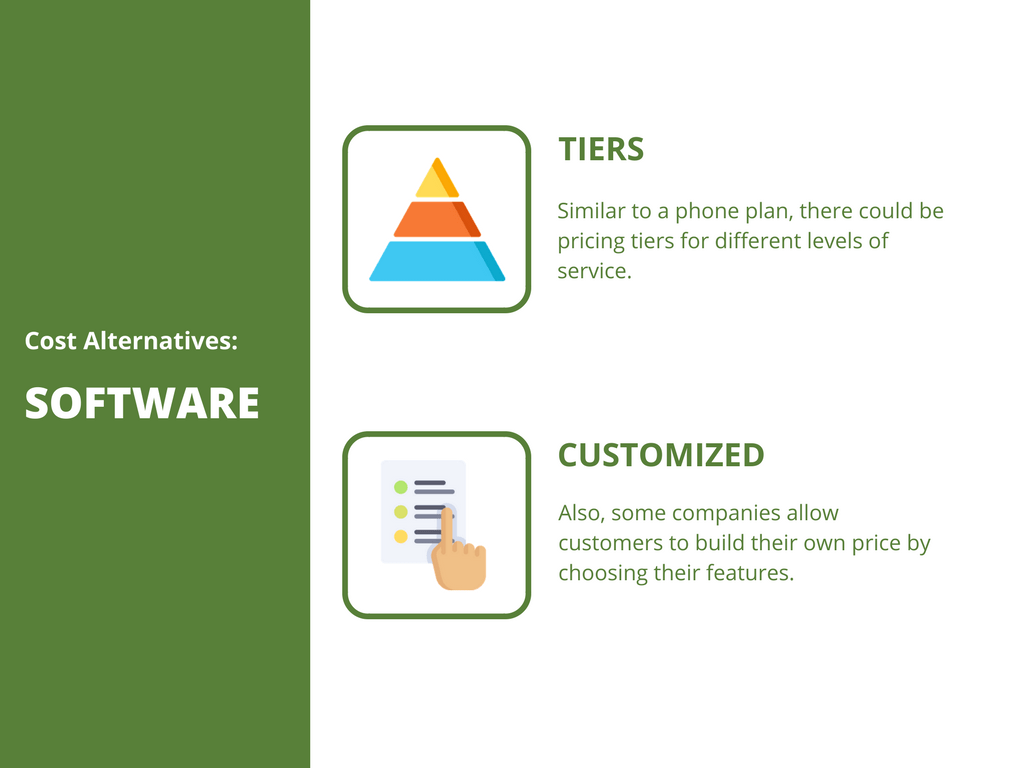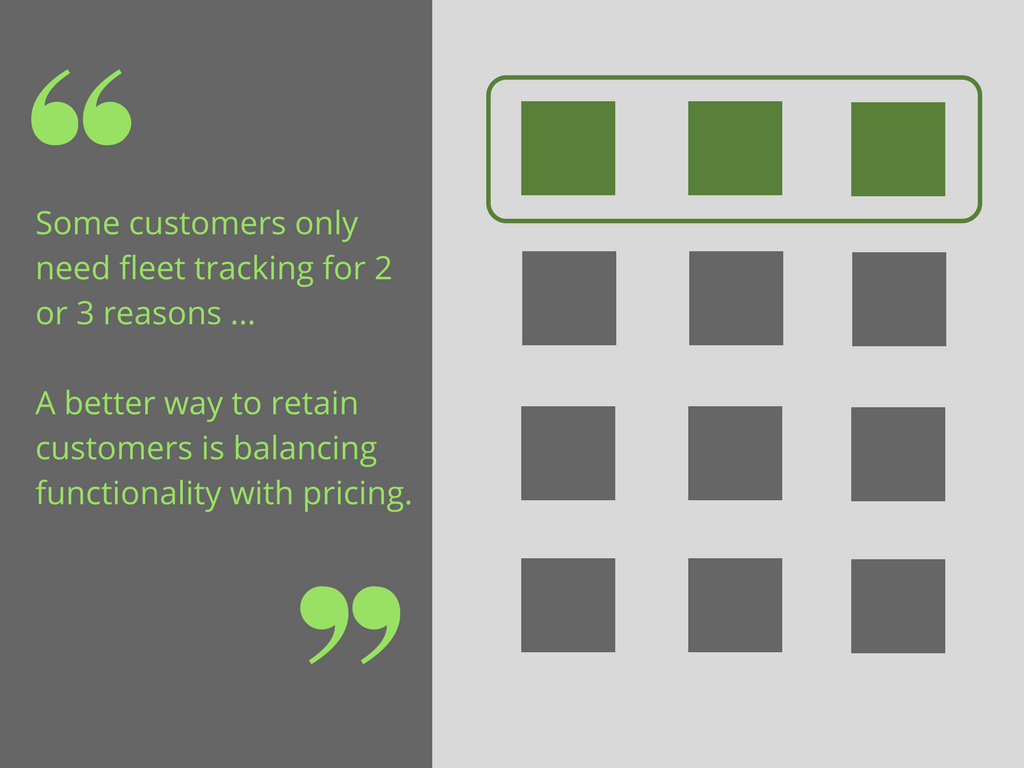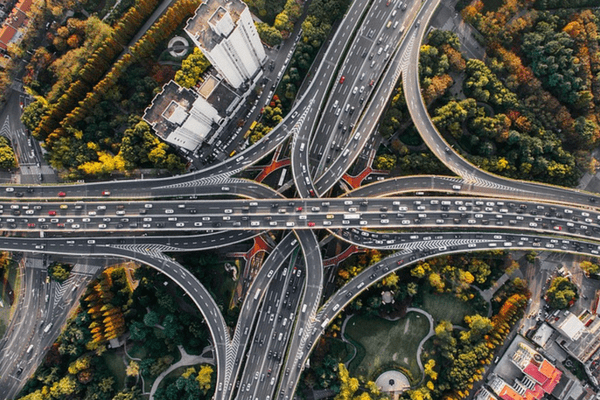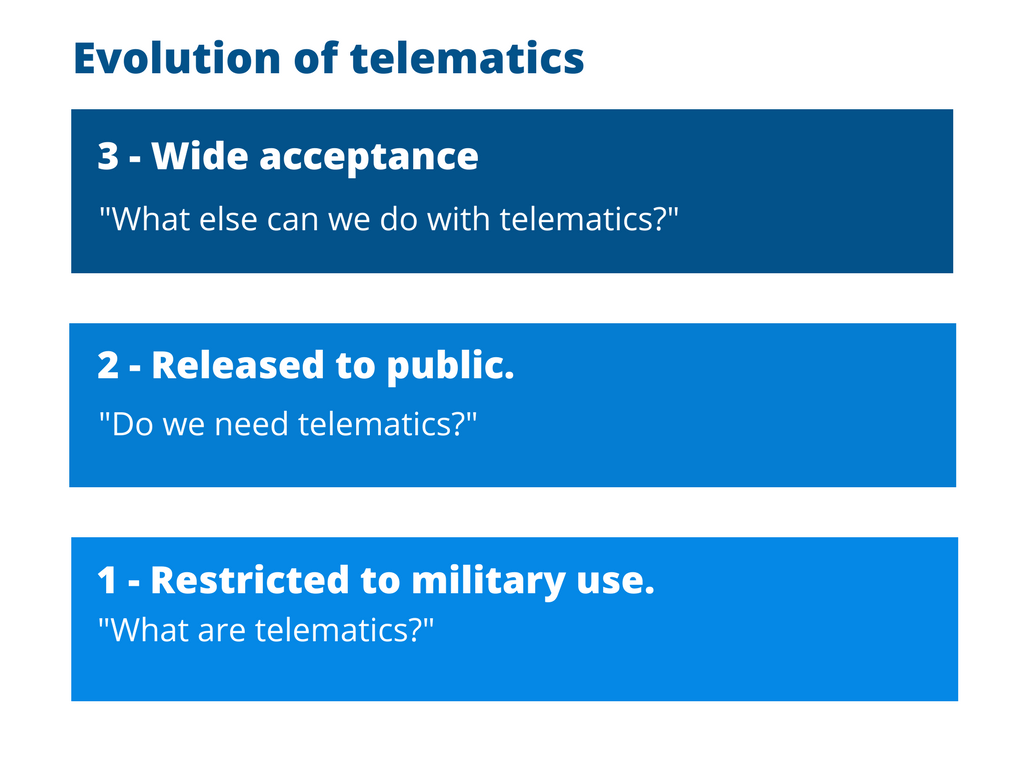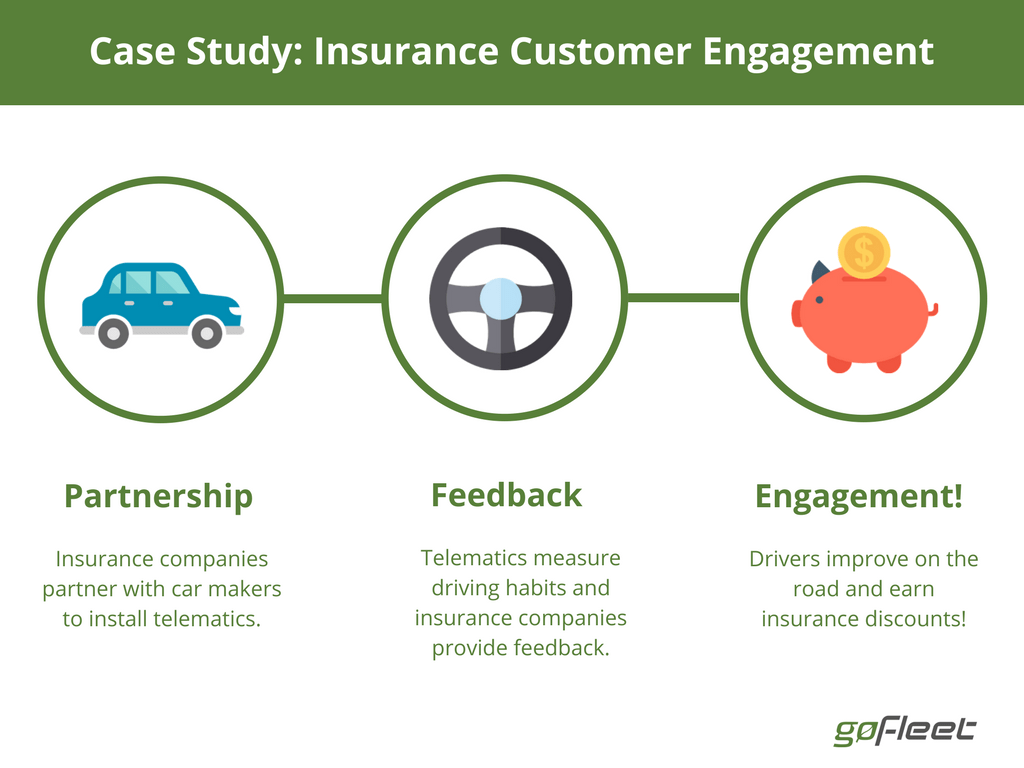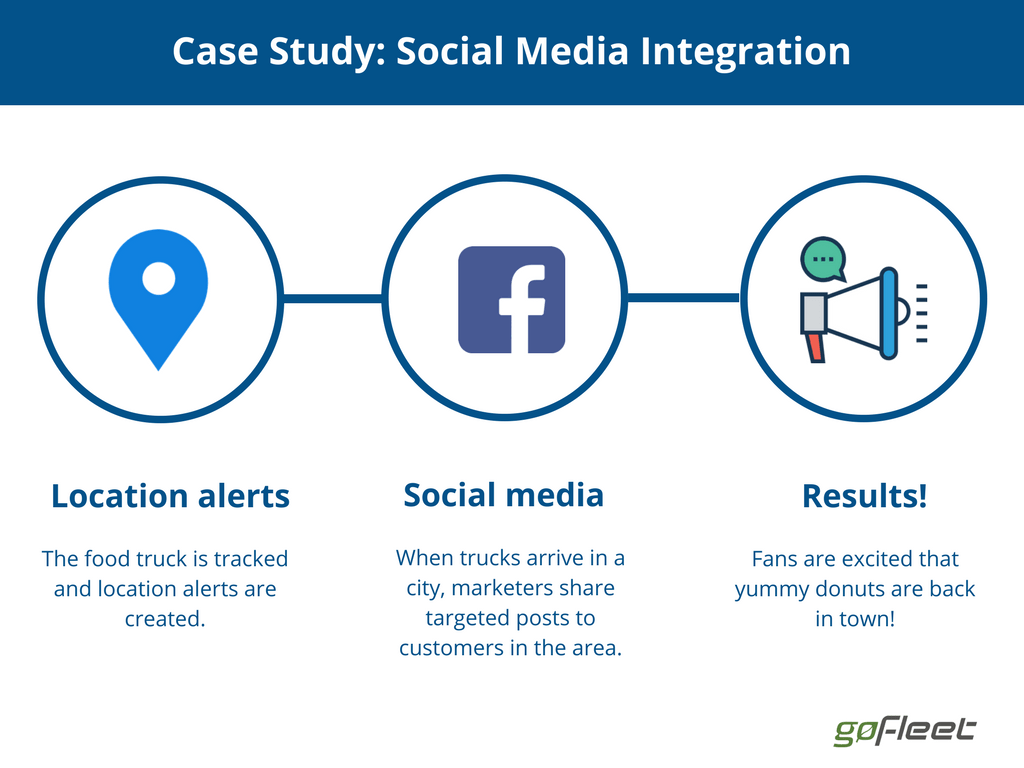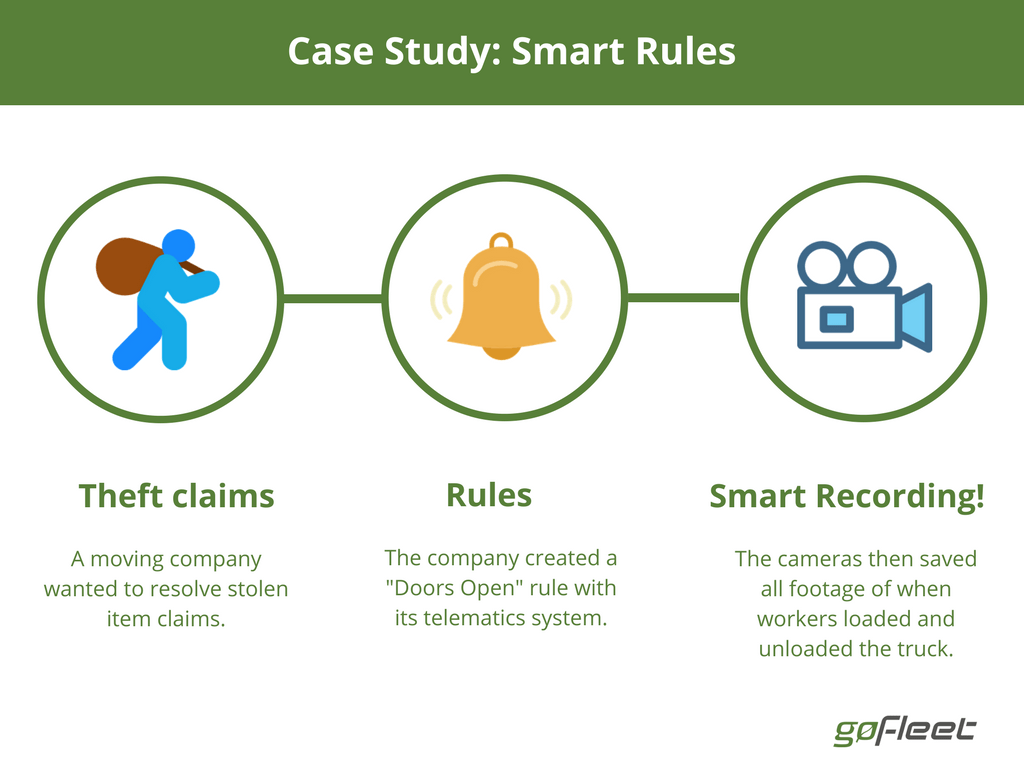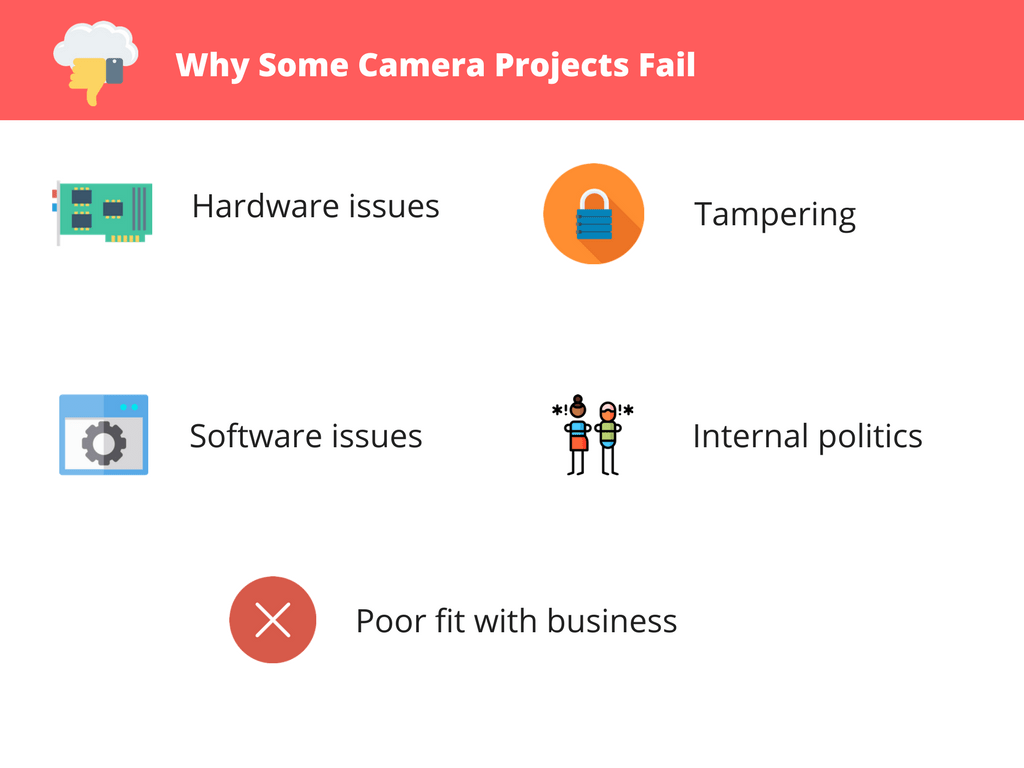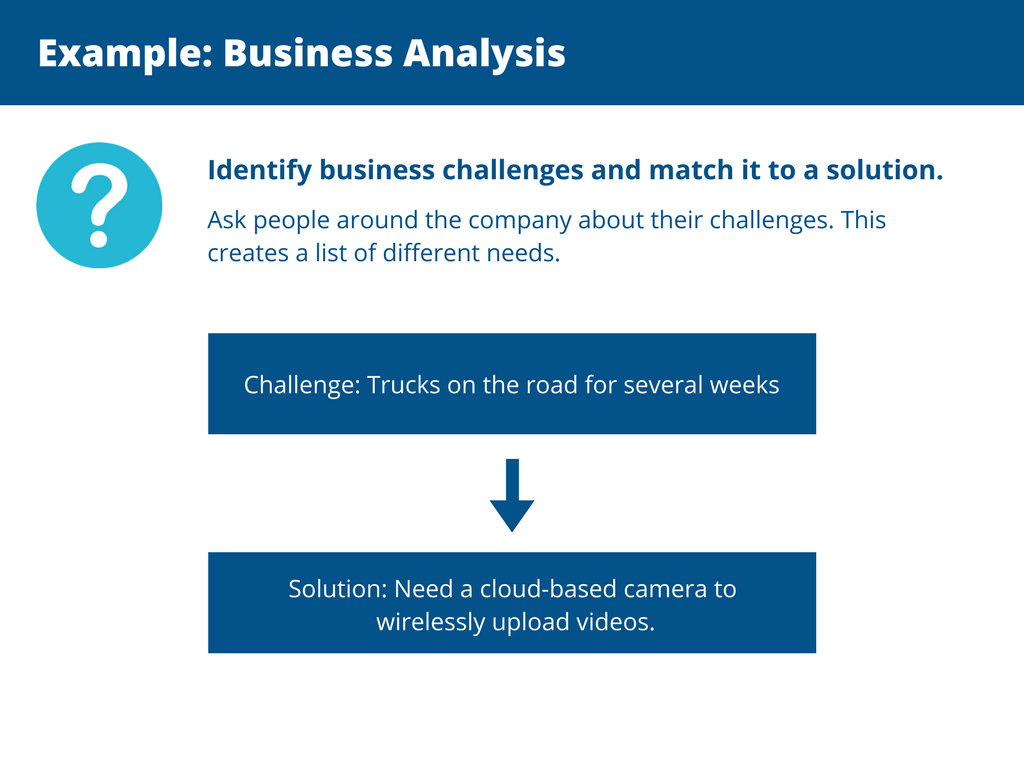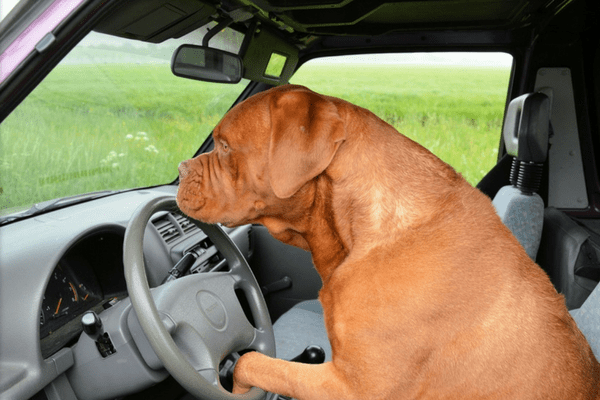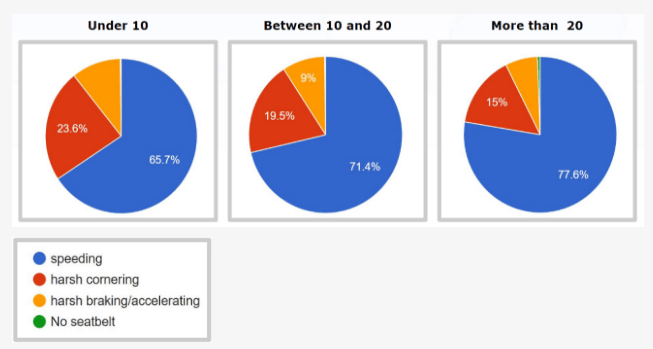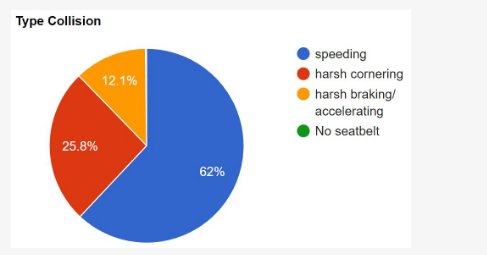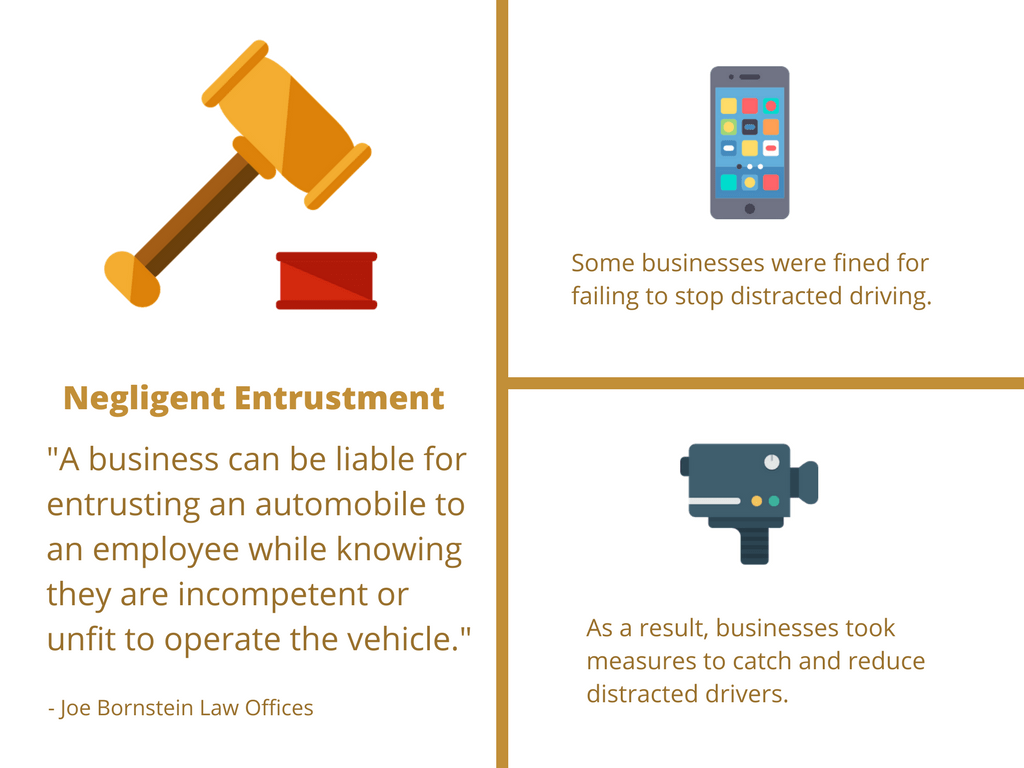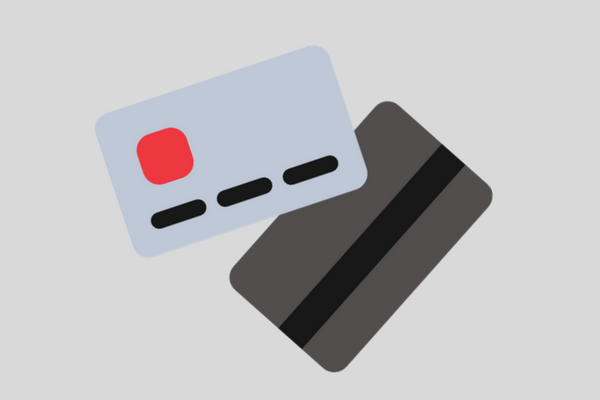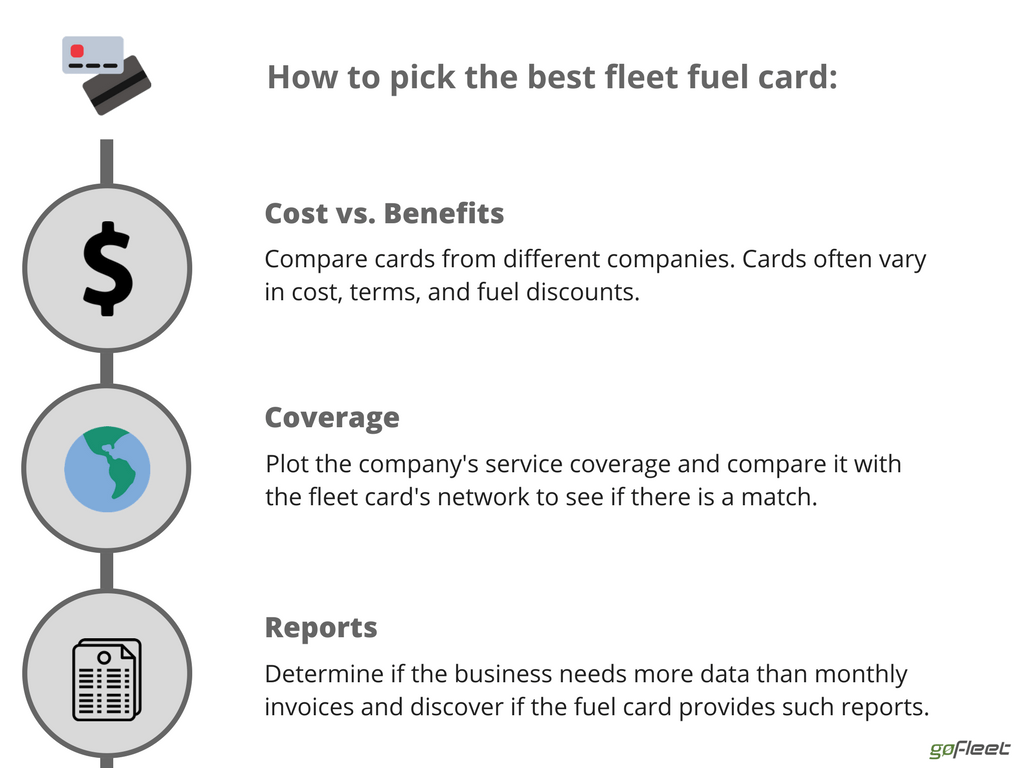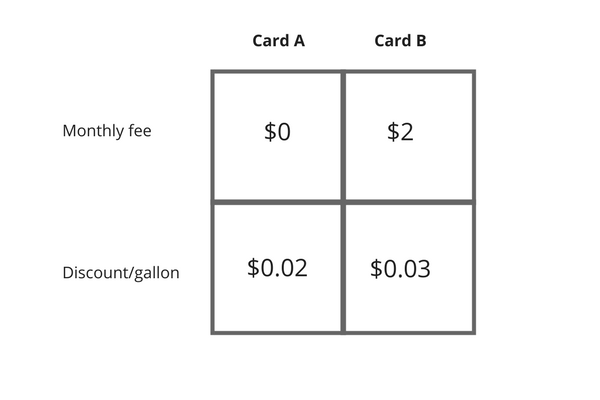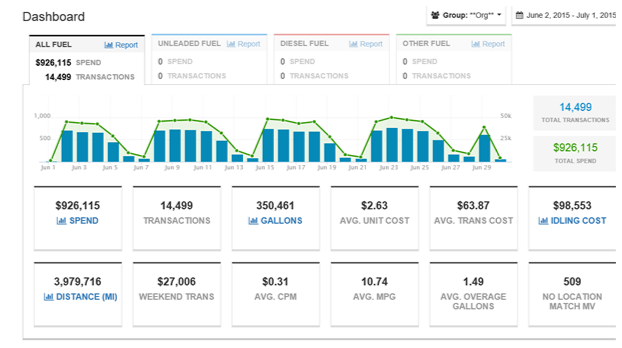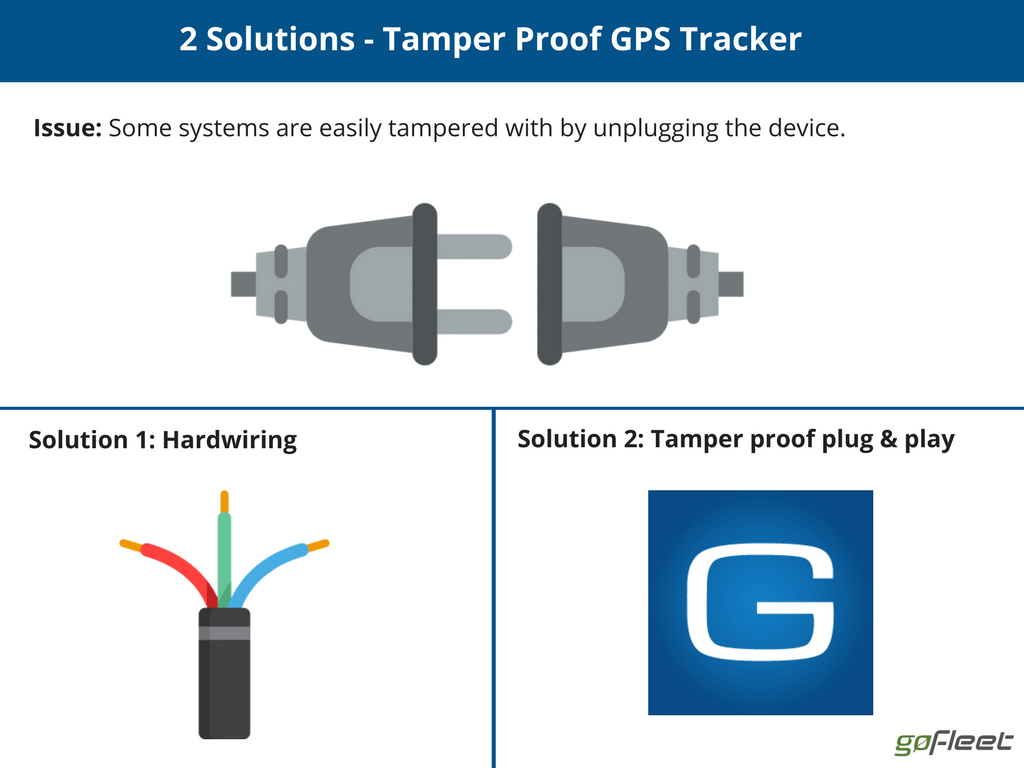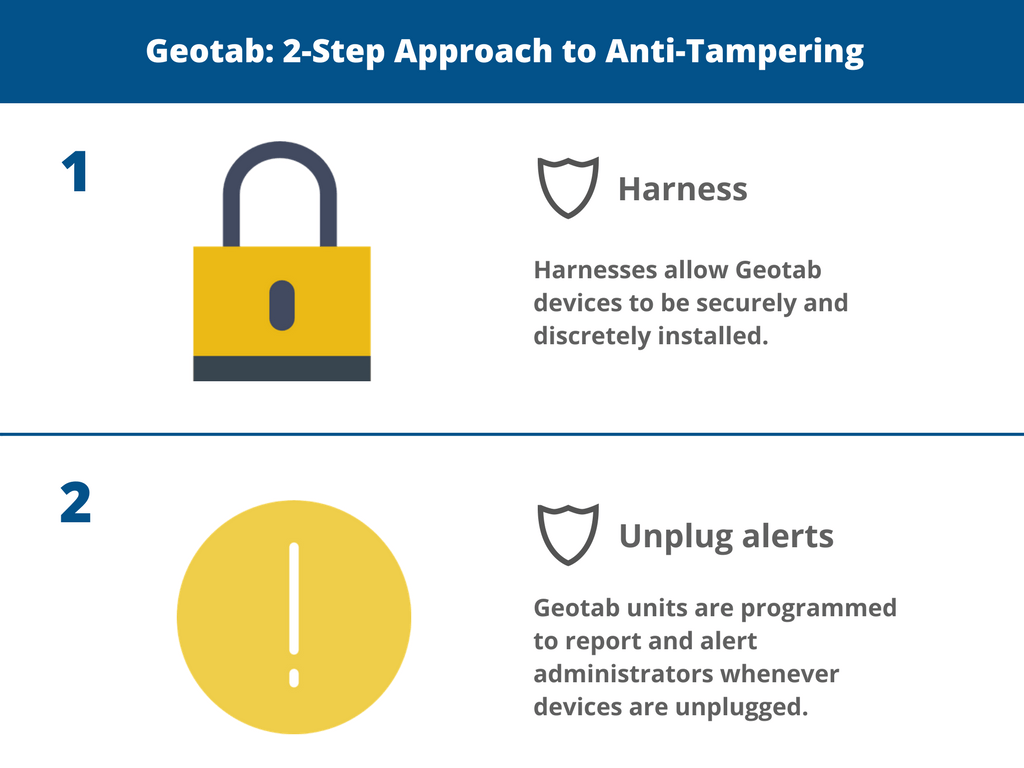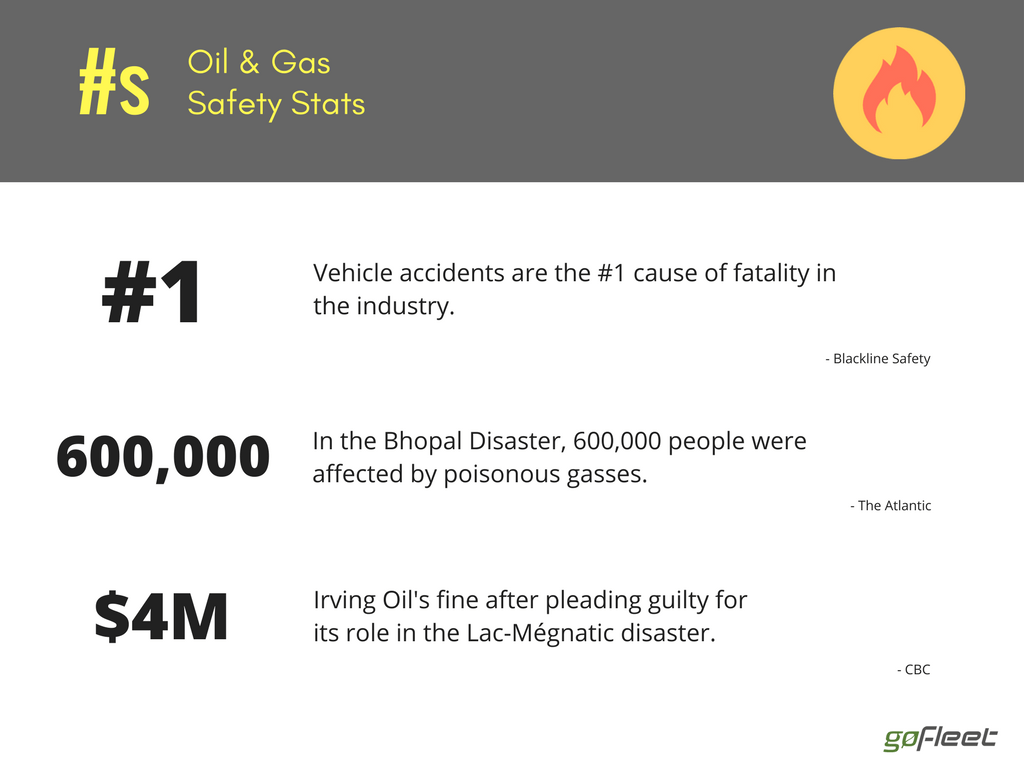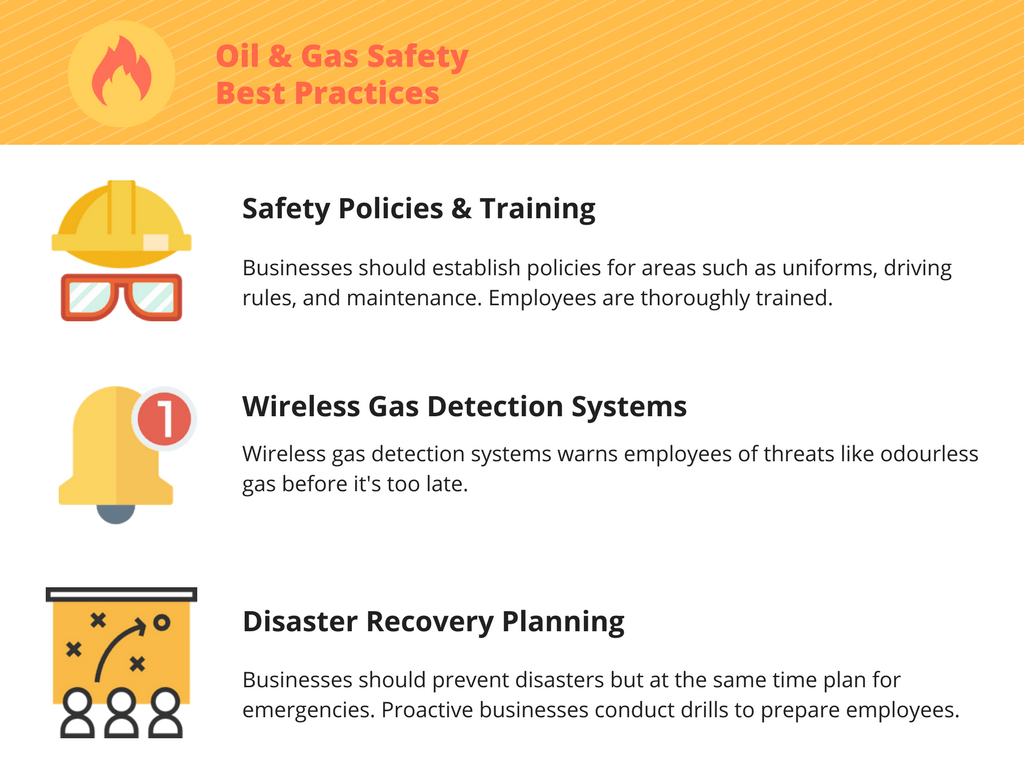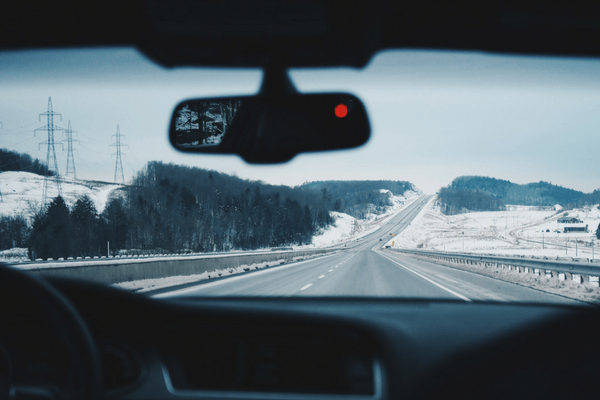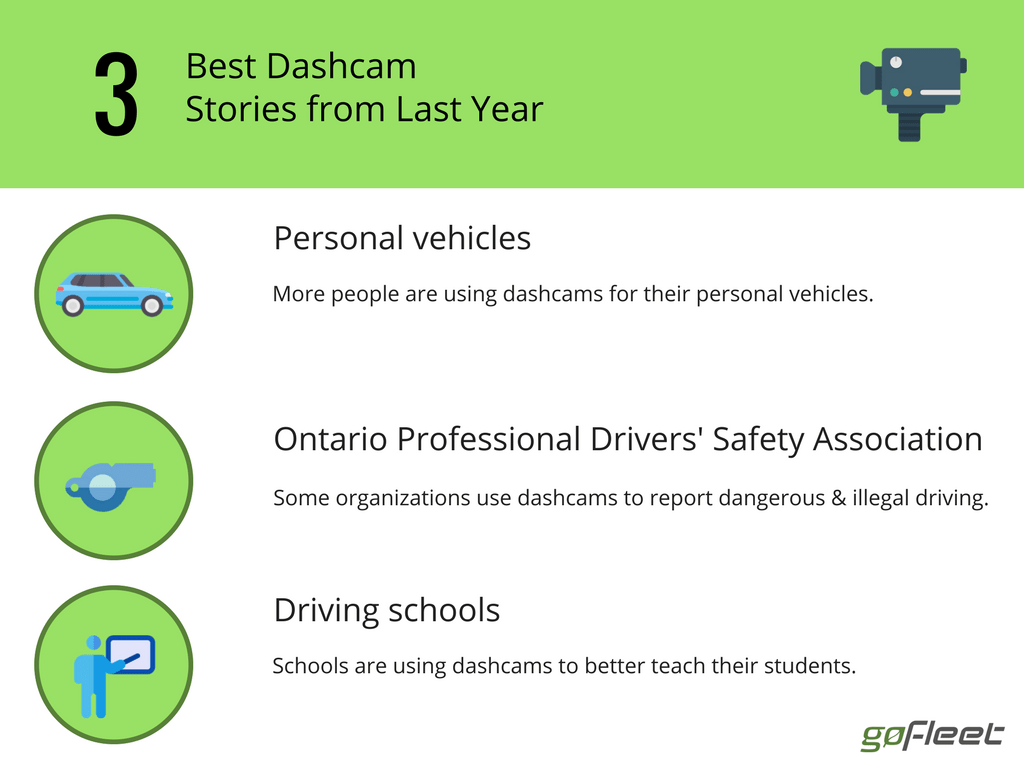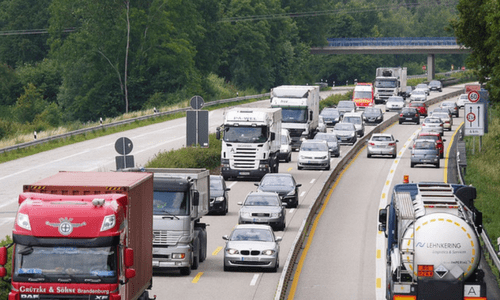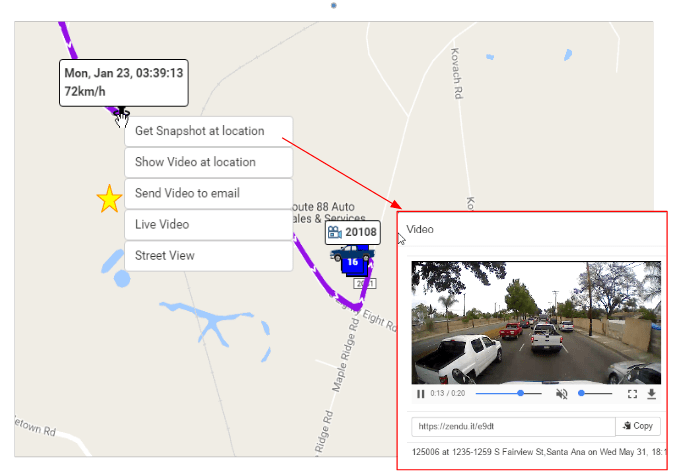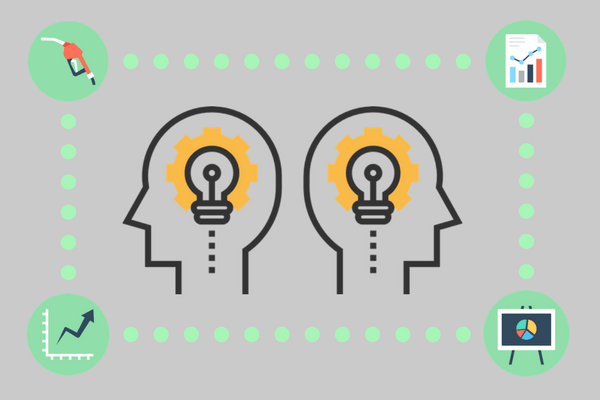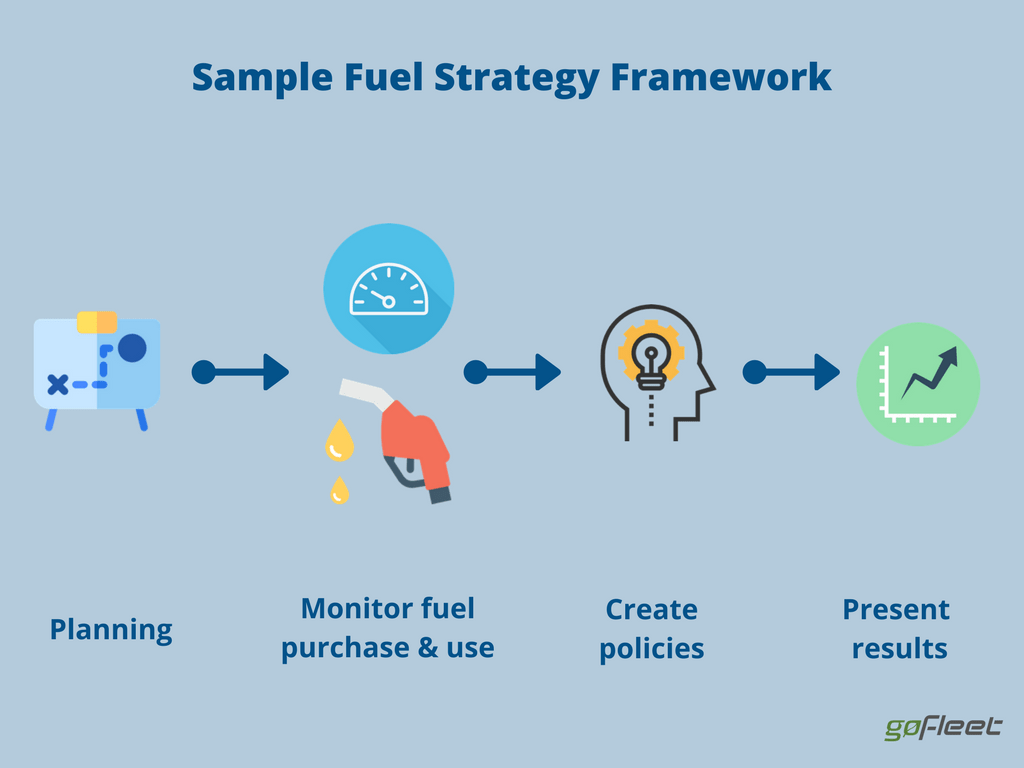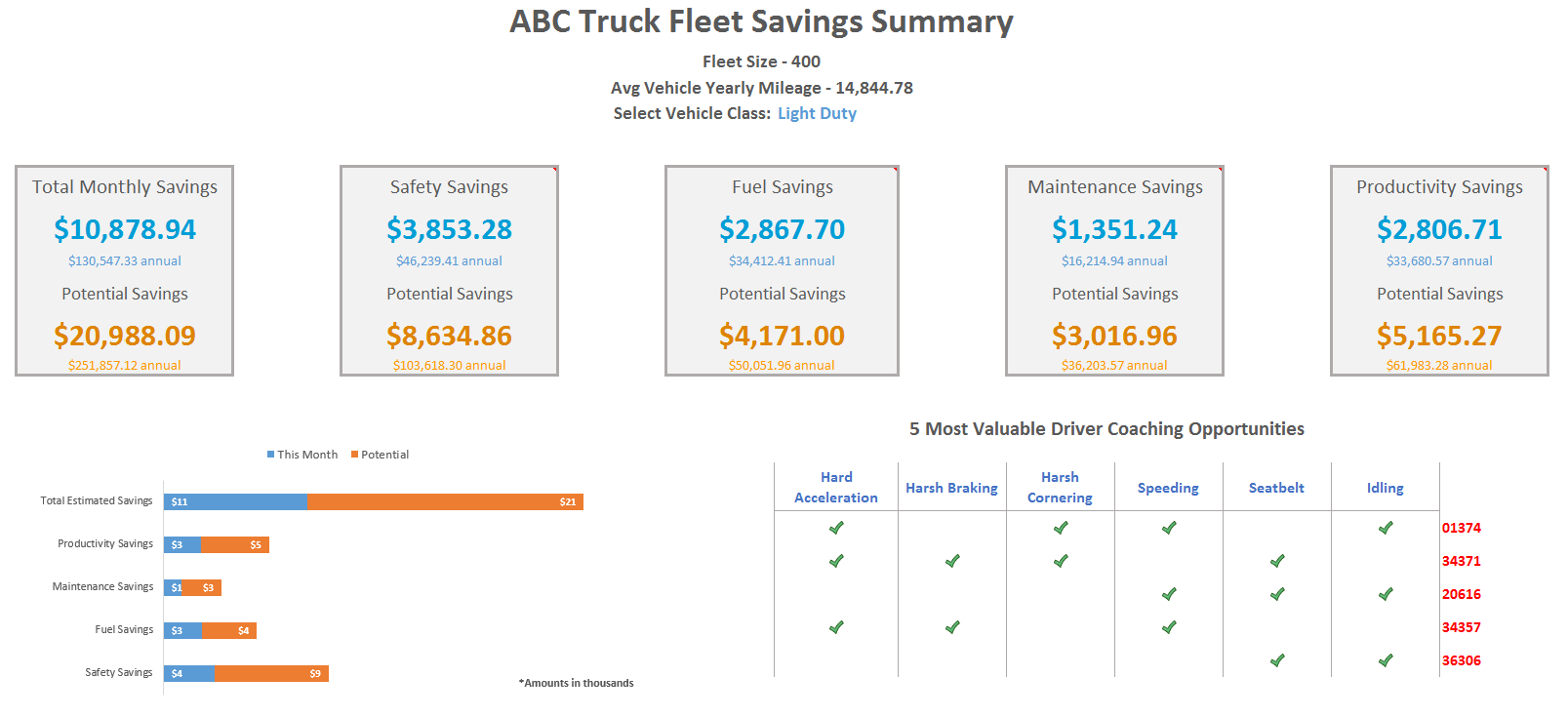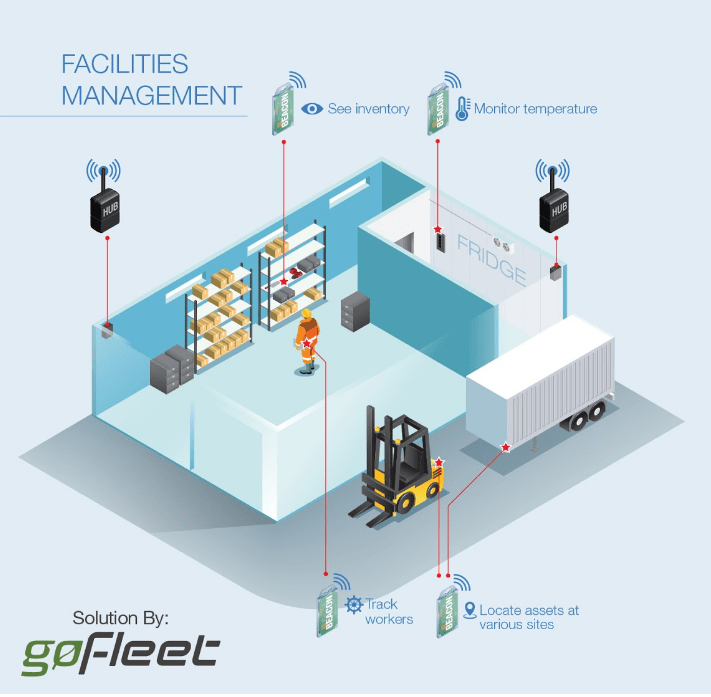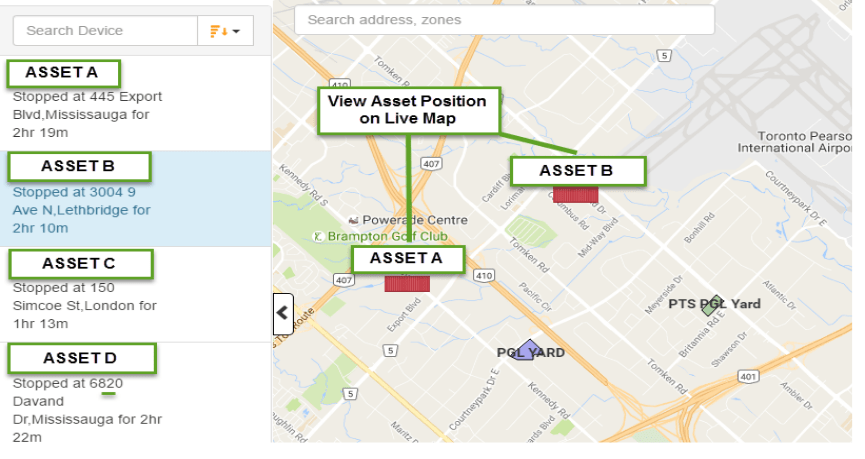Here is a FAQ. How much does fleet tracking cost?
Fleet tracking consists of both hardware and software. In this post, we will explore each of the two areas to determine how much does fleet tracking cost.
Hardware & Installation
Hardware is the first part of the total fleet tracking cost. There are usually three hardware alternatives:
Mobile tracking
Mobile tracking is the first hardware alternative. In other words, the fleet tracks its vehicles through their drivers’ phones. A lot of mobile apps are good enough to provide location updates and even location reports.
Of course, since mobile tracking uses a driver’s smartphone, there are no hardware costs and no installation costs.
Plug-in device
Device tracking is the second hardware alternative. In this scenario, plug-in devices are connected to vehicles. Compared to mobile tracking, a plug-in device provides additional data such as advanced driving habits and vehicle diagnostics.
Device costs vary based on the model. For example, some online products can go for less than $100. However, business-level devices can cost up to $200 – $500.
What about installation? Customers usually self-install plug-in devices and save on installation charges. Simple plug-ins can be done in a few seconds. Secure discrete plug-ins, on the other hand, might take the average person 10-15 minutes to install.
Hardwired solution
Hardwiring is the third hardware alternative. Typically, hardwiring is required when vehicles are too old to have plug-in models.
Hardwiring usually has the highest cost of the three alternatives. Since hardwiring requires professional installation, the start-up fee could cost more than $1000. Another cost is lost business time. The business loses revenue-generating time when the vehicles are in the shop rather than on the road.
Software Service
The software is the second part of the fleet tracking system price. Why is there a monthly charge? There are two big reasons:
Cell/satellite service. Here’s a role reversal – how much does fleet tracking cost to a provider? Providers need to pay for SIM cards, cell service, or even satellite service to provide vehicle tracking. This cost is reflected in the monthly fee.
Software and service. Fleet tracking doesn’t mean looking at a map all day! Fleet tracking systems are similar to office programs like Microsoft Office. The program collects data and generates reports. It is also supported by success teams that train customers, solves technical problems, and suggest data-driven business solutions!
So how much does fleet tracking cost monthly? There are usually two ways to charge monthly – on tier plans or on customized pricing.
Tier Plans
Tier plans are similar to cell phone plans. Just like cell plans, there are different levels of service and pricing – all with their own features! In that case, one customer might pay $25/month whereas another pays $80/month!
Customized Pricing
Customized pricing, conversely, is more like an à la carte service at a restaurant. You only pay for what you use! “Some customers only need fleet tracking for 2 or 3 reasons,” said a sales manager. “Customers sometimes are locked into bundles where they don’t need the other 5 features and are being overcharged. Instead, a better way to retain customers is balancing functionality with pricing.”
Contact our consulting team to discuss pricing an estimate!
